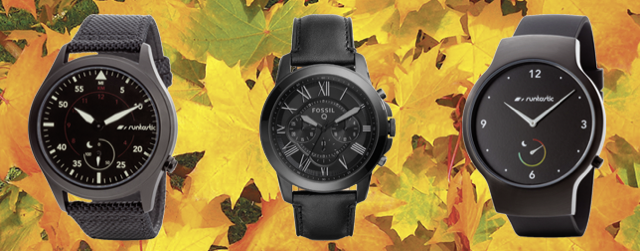October was the breast cancer awareness month and every October the major breast cancer charities organize health campaigns to increase awareness of the disease and to raise funds for research into its cause, prevention, diagnosis, treatment and cure. The campaign also offers information and support to those affected by breast cancer. For WT| Wearable Technologies this was just another reason to check about what’s new on the wearable market to fight breast cancer! And we hope this is only the beginning!
Also in October, our now third WT | Wearable Technologies Conference Asia was held in Hong Kong! It was our 18th overall conference and organized in partnership with TÜV SÜD premiering the alliance between WT | Wearable Technologies and TÜV SÜD and their unique joint certification mark for wearables. In case you missed the conference but still want to know about what was going on there, read our event recap here.
Also this month again there are new companies that finally want to join the smartwatch club! Runtastic is one of those, launching a new line of watches.The Moment has four different types of watches to meet different tastes. The four models, Fun, Basic, Classic and Elite can all track your daily activities and sleep, they only differs one from another in the aesthetics.
Next one is fashion brand Fossil, with clothes and accessories as their main business (primarily watches and jewelry) they made a smart move by partnering with Intel Innovation to design the guts of their line of products leaving to Fossil what they do best, which is the fashion look of the watch and bracelets. The Fossil Q, is a connected accessory line designed to fit your style and track your activity. The collection consists of a connected bracelet, a connected non-display watch, and a round face display watch. The Q Grant is the watch and the Q Dreamer & Q Reveler is the bracelet designed for both men and women that tracks your activity, filters notifications and inspires your curiosity from sunrise to sundown.
Last but not least in the smartwatch world is Swatch with Bellamy, the new pay-by-the-wrist watch. Swatch is not new in the smartwatches world, not long ago they launched their first smartwatch for volleyball players as we reviewed here. Now they are taking a different approach joining forces with China UnionPay and Bank of Communications to introduce contactless payment “by-the-wrist” to China. The first four watches combine colorful functional Swatch design with built-in NFC (Near Field Communication) technology, allowing people to use their watches to pay for purchases in shops and stores around the country. Bellamy will soon be launched in Switzerland with a Swiss bank and secure transaction partner, as well as in the USA. We will soon say goodbye to our wallets filled with bulky cards? Only the future will tell!
Last year we wrote an article about wearables being used in football and also at the World Cup (that one that Germans claim to have won thanks to the Adidas mi Coach…) and that I embarrassedly lost with my wrong predictions…Once again FIFA looks towards the future and takes into consideration the introduction of a FIFA Quality Program for Electronic Performance and Tracking Systems. The International Football Association Board approved the use of such devices, on the condition that the data is not made available to anyone inside the technical area during a match. The next step will be the introduction of a quality program in order to categorize such devices, to regulate their use, and to ensure the validity and reliability of the collected data. A hurray for the FIFA!
Ever wondered if that t-shirt you are trying on at the shop really fits you? Tired of looking for something that might fit you? Too many clothes in the store? Japanese clothing brand Uniqlo have you covered! They launched a new experience that aims to use neuroscience to help match customers’ moods with the perfect T-shirt. Customers put on a headset that uses a single sensor on the forehead to measure brain activity, as people watch seconds-long video clips that each represent up to 10 moods. The technology’s algorithm then employs five metrics — interest, like, concentration, stress and drowsiness — to measure the user’s response to the videos and tries to best match a design with the user’s mood. Uniqlo used surveys to map its more than 600 T-shirt styles and colours to various mood territories. The “experiment” started in a few cities in Australia but will be in other parts of the world if it’s successful.












